Showing 1–6 of 15 results
-
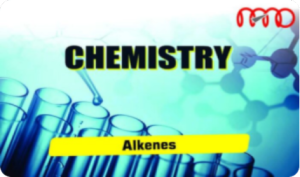
Alkanes (Digital Notes)
Read moreAlkanes are organic compounds that consist of single-bonded carbon and hydrogen atoms. The formula for Alkanes is CnH2n+2, subdivided into three groups – chain alkanes, cycloalkanes, and the branched alkanes.
-
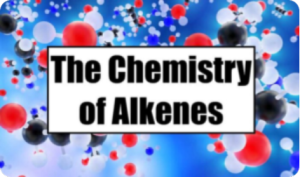
Alkenes (Digital Notes)
$100.00 Add to cartAlkenes are hydrocarbons that contain at least one carbon-carbon double bond (C=C). They are unsaturated compounds, meaning they can react with hydrogen, halogens, and other molecules to form new compounds. Alkenes are commonly found in various industrial processes and are key building blocks in organic chemistry, with ethene (ethylene) and propene being the simplest and most well-known examples.
-
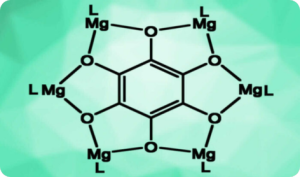
Arenes (Digital Notes)
$100.00 Add to cartArenes are aromatic hydrocarbons. The term “aromatic” originally referred to their pleasant smells (e.g., from cinnamon bark, wintergreen leaves, vanilla beans and anise seeds), but now implies a particular sort of delocalized bonding. Aromatic hydrocarbons (or sometimes called arenes or aryl hydrocarbon) are hydrocarbons with sigma bonds and delocalized π electrons between carbon atoms forming rings.
-
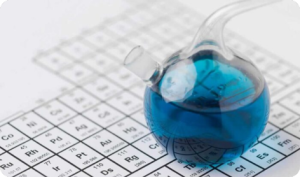
Carbonyl Compounds (Digital Notes)
$150.00 Add to cartIn organic chemistry, a carbonyl group is a functional group composed of a carbon atom double-bonded to an oxygen atom: C=O. It is common to several classes of organic compounds, as part of many larger functional groups. A compound containing a carbonyl group is often referred to as a carbonyl compound.
-
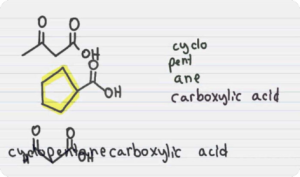
Carboxylic Acid and Derivatives (Digital Notes)
$200.00 Add to cartCarboxylic Acid is an organic compound containing a carboxyl functional group. They occur widely in nature and are also synthetically manufactured by humans. Upon deprotonation, carboxylic acids yield a carboxylate anion with the general formula R-COO–, which can form a variety of useful salts such as soaps.
-
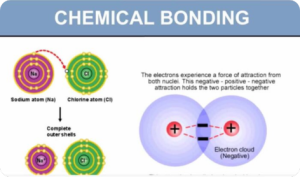
Chemical Bonding (Digital Notes)
$300.00 Add to cartChemical bonding is the interactions that account for the association of atoms into molecules, ions, crystals, and other stable species that make up the familiar substances of the everyday world.